Flower Meanings
Calla Lily
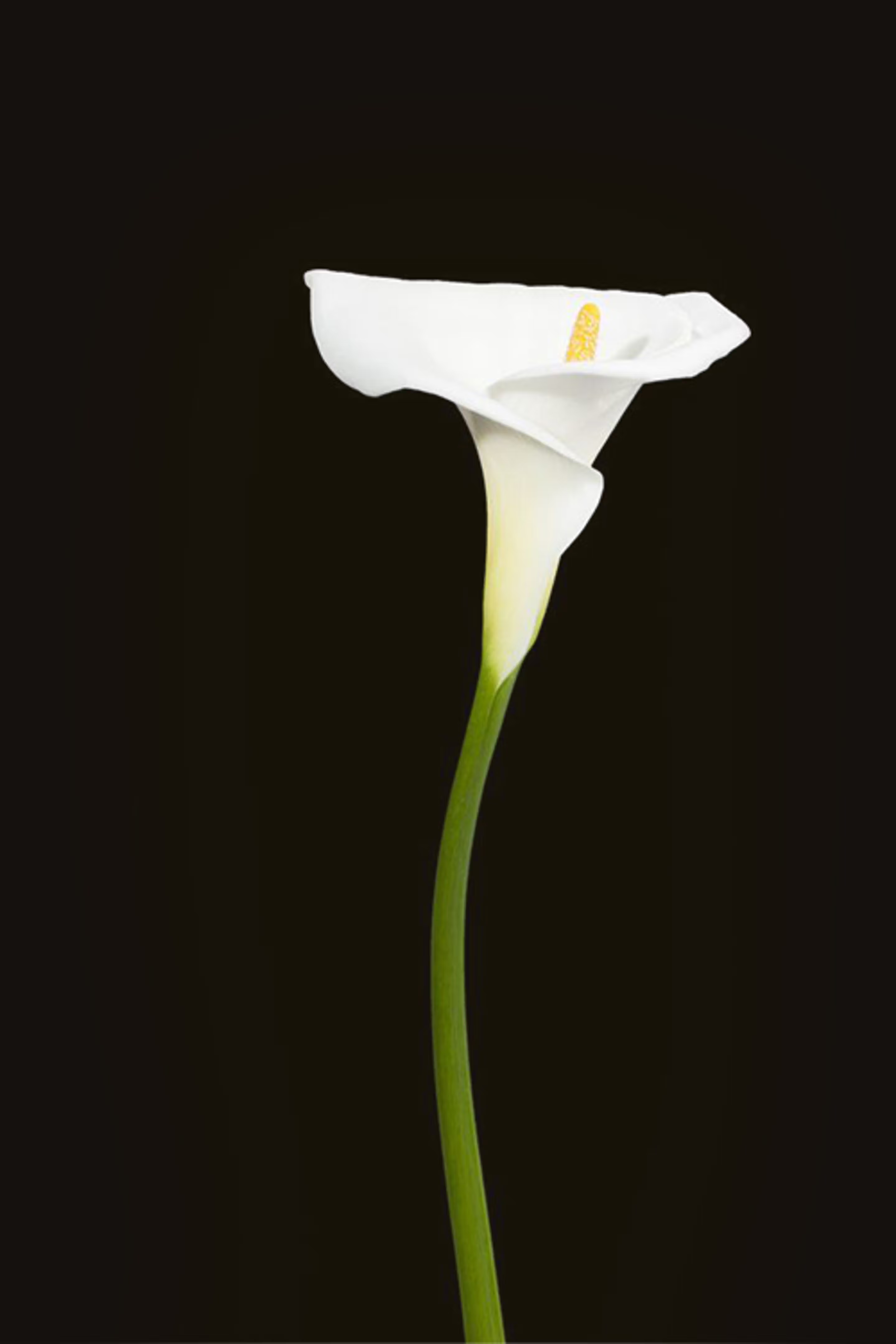

The Meaning of Calla Lilies
Despite being called calla lilies (Zantedeschia aethiopica), they are neither callas nor lilies! We can tell you what they really are though… impressive! It’s no surprise that these bold, attention grabbers are used for wedding arrangements, funerals, and Easter celebrations.
Are you a bride looking for a traditional, romantic look for your wedding bouquet? Then look no further than a white calla lily. While the most common color of calla lilies is white, depending on the time of year and where you live, you can also find some amazing yellows, pinks, greens, purples, oranges, and more! Colored varieties of calla lilies are referred to as mini calla lilies and each color has its own associated meaning. Some of the common colors and their associated meanings are listed below:
- White symbolizes purity and innocence.
- Yellow symbolizes gratitude.
- Pink symbolizes appreciation, admiration, and romance.
- Purple symbolizes royalty and passion.
- Black (dark maroon or dark purple) symbolizes elegance and mystery.
- Red symbolizes beauty and courage.
Calla lilies are ripe with significance, which is why we see them as part of so many important traditions like weddings and funerals. They are symbolic of resurrection and rebirth, since the plant returns each year after the winter. They are symbolic of faith and purity, especially in Christian religion. They’re symbolic of overcoming challenges, since the cut flowers can start regrowing in a vase and survive frosts! [1] Man, what an absolute all-around great flower!
What Do Calla Lilies Smell Like?
While these blooms are incredible beautiful, calla lilies are not known for their beautiful aroma. Some say they smell like cat urine or fish that’s been left at room temperature too long. Yikes. [9]
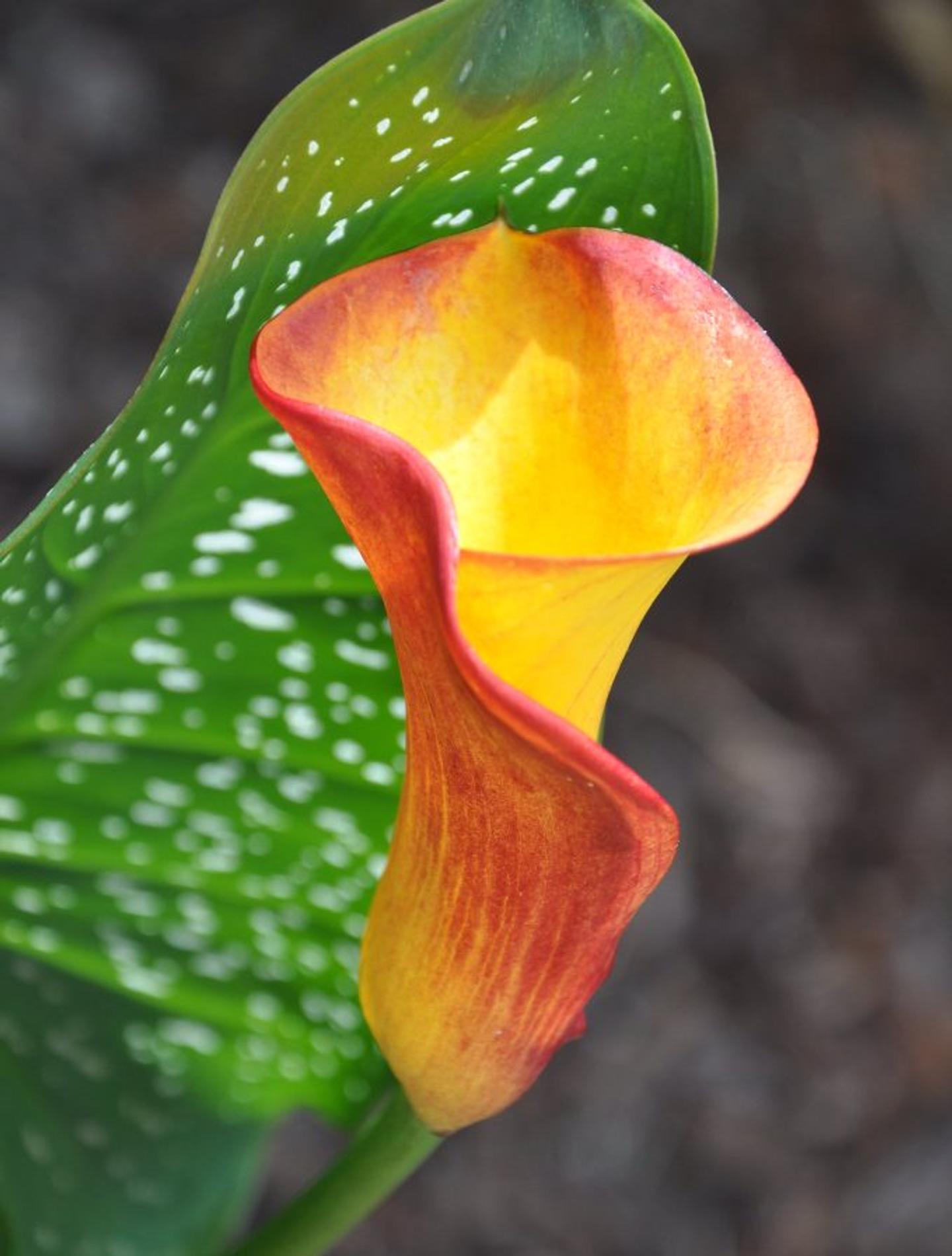
"The calla lilies are in bloom again. Such a strange flower, suitable to any occasion."
Terry Randall, in the film Stage Door (1937)
The History of the Calla Lily
Calla lilies were actually first catalogued in the 18th century by a Swedish botanist who mistakenly named the species Calla Lily. They’re actually part of the Araceae family, along with the caladium and philodendron. [2] Not long after, a German botanist realized the error and created the genus Zantedeschia, but it was too late. The name calla lily stuck.
Calla lilies have a really interesting mythological history in ancient Greece and Rome as well! The name “calla” in calla lily comes from a Greek word for beauty. Calla lilies are said to have come from the ancient god Hera, wife of Zeus. According to the myth, Zeus brought Hercules to nurse from his wife while she was sleeping. [3] He wanted his son to have the strength of the gods. Hera awoke and pushed the baby away from her. Drops of milk flew across the sky creating the milky way and everywhere they landed on earth, calla lilies bloomed. No wonder they look so divine and pure!
In Roman mythology, calla lilies are tied to the god Venus. Venus saw the flower and felt her beauty was threatened by its pure white blossom so she cursed it with an ugly pistil (the female reproductive part of a flower).
The calla lily plays a large role in Christian Easter services as a symbol of Jesus’ resurrection. The bulb of these flowers buried in the ground represents the tomb of Jesus and the glorious white trumpet-like fragrant flowers which grow from the bulbs symbolize His life after death. The snowy white color stands for the purity of the Divine Savior and the joy of the resurrection while the trumpet shape signifies Gabriel’s trumpet call to rebirth and new life. [4]
Also, the calla lily is symbolic of the 6th wedding anniversary. However, they’re also used at funerals to represent sympathy and the purification of a departed soul.
Calla lilies are native to South Africa and Malawi. It’s unclear how they made their way to Europe, but they’re shown as part of an illustration from the 1664 illustration of the Royal Garden of Paris. By the 20th century, calla lilies had also grown in popularity in the U.S, and became a popular fixture in American art, particularly through the work of Georgia O’Keeffe, who painted several famous paintings portraying close-ups of the flower. [5]
If you have dogs or cats, please be sure to keep them away! Calla lilies are incredibly toxic to humans, as well as cats and dogs.
Extensive commercial production of Zantedeschia (the plant species) for cut flowers and/or planting material occurs in California, Colombia, New Zealand, and Kenya. Plant breeders in California and New Zealand continue to produce an extensive range of new hybrid cultivars. The so-called white calla is derived from Z. aethiopica. All varieties with flowers with shades of yellow, orange, red, and purple are mainly derived from Z. albomaculata, Z. pentlandii, Z. elliottiana and Z. rehmanni. [6]
DID YOU KNOW - Calla Lily Fun Fact
Calla lilies are not true lilies! Despite what their name suggests, calla lilies are not true lilies. In fact, they are not a calla, either. The calla lily belongs to the genus Zantedeschia and is a member of the Araceae family.
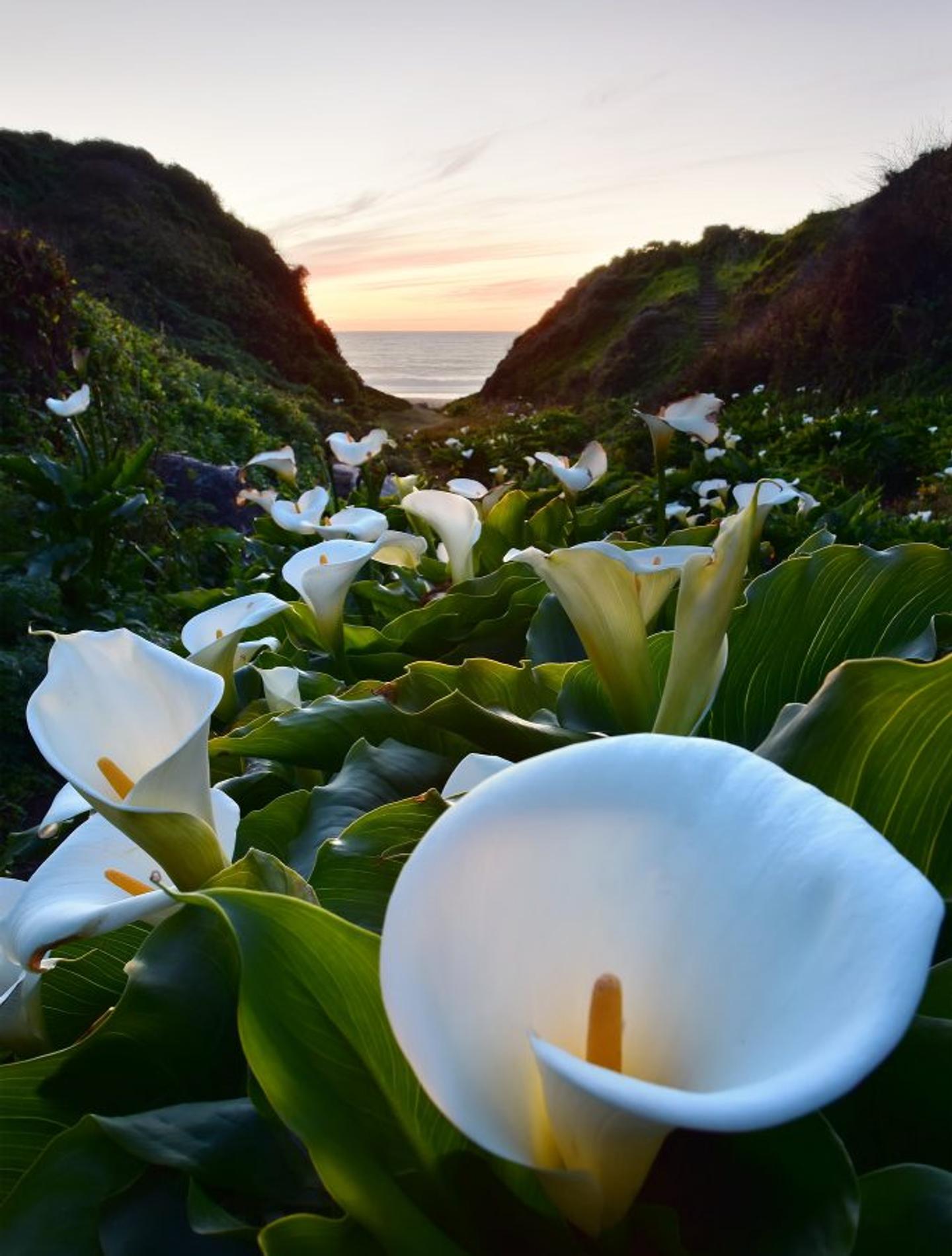
How to Grow Calla Lilies
Calla lilies are easy to grow, and really just take being planted in an ideal setting to ensure they grow big and proud! Plant them in a spot of your garden or sun room with full morning sun and continuous moist soil. Space bulbs about a food apart and give them fertilizer monthly. Tada! Fresh Calla lilies!
A native of South Africa, calla lilies may be grown in the warm temperatures of U.S. Department of Agriculture plant hardiness zones 8 to 10. With winter protection, they may survive in USDA zone 7. Calla lilies are propagated by rhizomes, which may be planted in spring at a depth of 3 to 4 inches. Space rhizomes between 12 to 18 inches apart to allow for sufficient air circulation. Calla lilies prefer moist soil in full or partial sunlight. Houseplants require bright, indirect light. [7]
Calla lilies prefer full sun and perform well in soil that stays moist. They will bloom in the summer in partial shade, especially when the soil remains evenly wet throughout the season; calla lilies grow well beside a pond or other body of water. The rhizomes, or bulbs, look like small potatoes and grow well when planted about 1 inch deep. Rhizomes should be spaced about 1 to 2 feet apart. They provide a lush summer garden when planted with other summer-flowering plants.
DID YOU KNOW - Calla Lily Fun Fact
Calla lilies have often been used in paintings, and are visible in many of Diego Rivera’s works of art (see The Flower Vendor, amongst others). In addition, they were a favorite subject of the painter Georgia O’Keeffe.
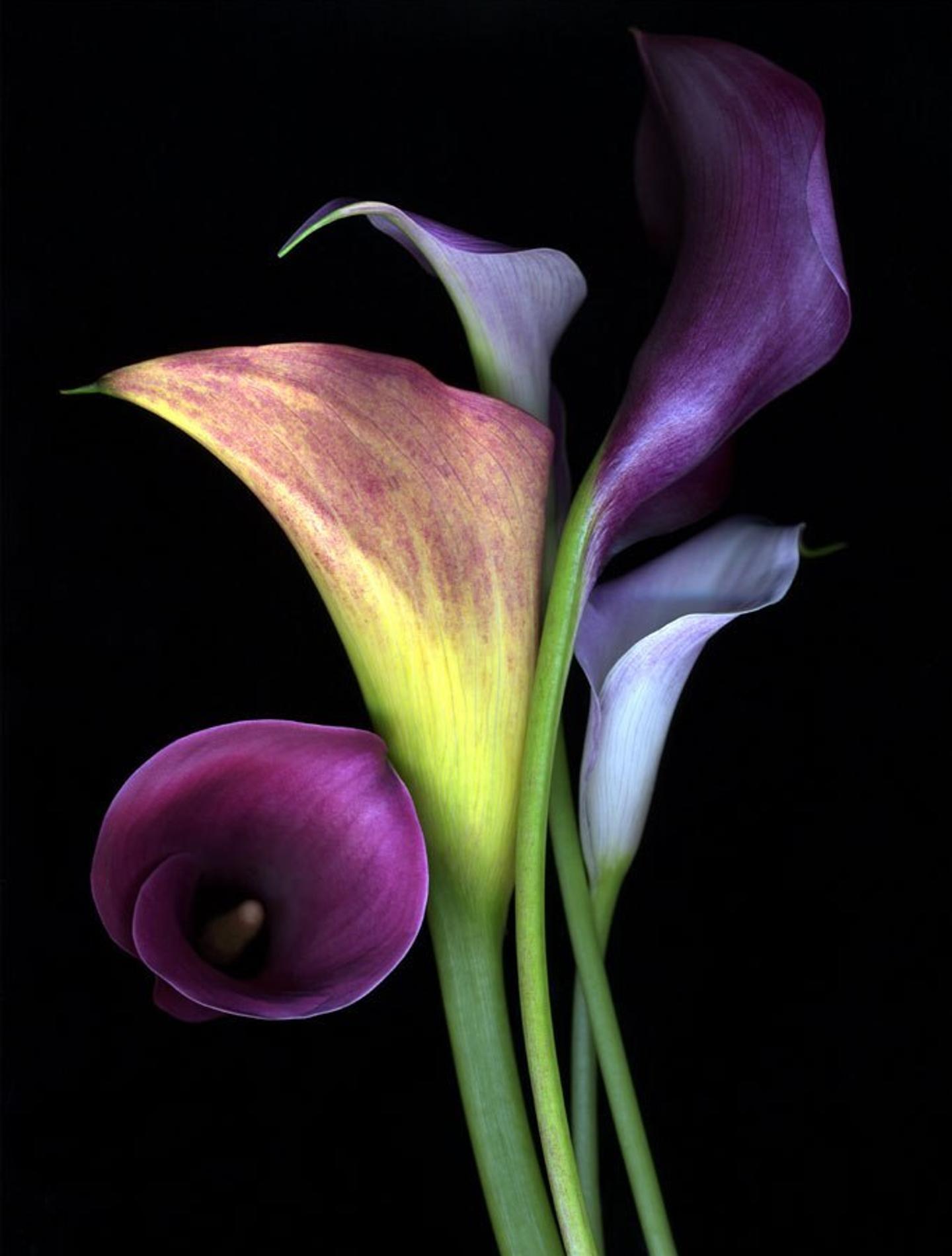
How to Care for Calla Lilies
Start with a very clean vase. Fill it with fresh, cool water; add one pack of the included cut-flower food to the vase. Handle calla lilies with care because they can bruise easily. Hold each stem next to your vase to gauge how much you’ll need to trim. Using a sharp knife, cut stems at a 45-degree angle so they won’t sit flat in the vase. This allows for better water absorption. [8]
Calla lilies are particularly thirsty flowers. Use the extra pack of cut-flower food with your first water change. Check the water level in your vase often, and add more water as necessary. Recondition your callas every two or three days: Recut the stems, change the water, and add nourishment. To nourish the flowers after the flower food is used up, refill your vase with a solution of one teaspoon sugar and two drops liquid bleach per gallon of fresh water. Keep flowers in a cool area away from drafts and out of direct sun.
When to Send Calla Lilies as a Gift
Wondering when it’s best to include calla lilies as part of your gift? Well, in addition to being great for weddings and holiday celebrations, like Easter, calla lilies are a great addition to birthday and anniversary bouquets with their sophisticated nature. Because of their rigid structure, white calla lilies work well at standing out amongst bright reds and pinks, but in other colors they provide some symmetry in a mixed-color arrangement. What can’t they do?

References:
- 1 - HGTV
- 2 - Martha Stewart
- 3 - AtoZflowers
- 4 - Building Beautiful Souls
- 5 - DGreetings
- 6 - Just Fun Facts
- 7 - Wiki Calla Lily
- 8 - HomeGuides
- 9 - Asking Lot
Flower Meanings — keep discovering

Bells of Ireland
Despite their namesake, these regal bell-shaped greens actually hail from Turkey. So why Bells of Ireland, you might ask? It’s all thanks to their bell-like shape and lively green color, giving them their famous Celtic signature.
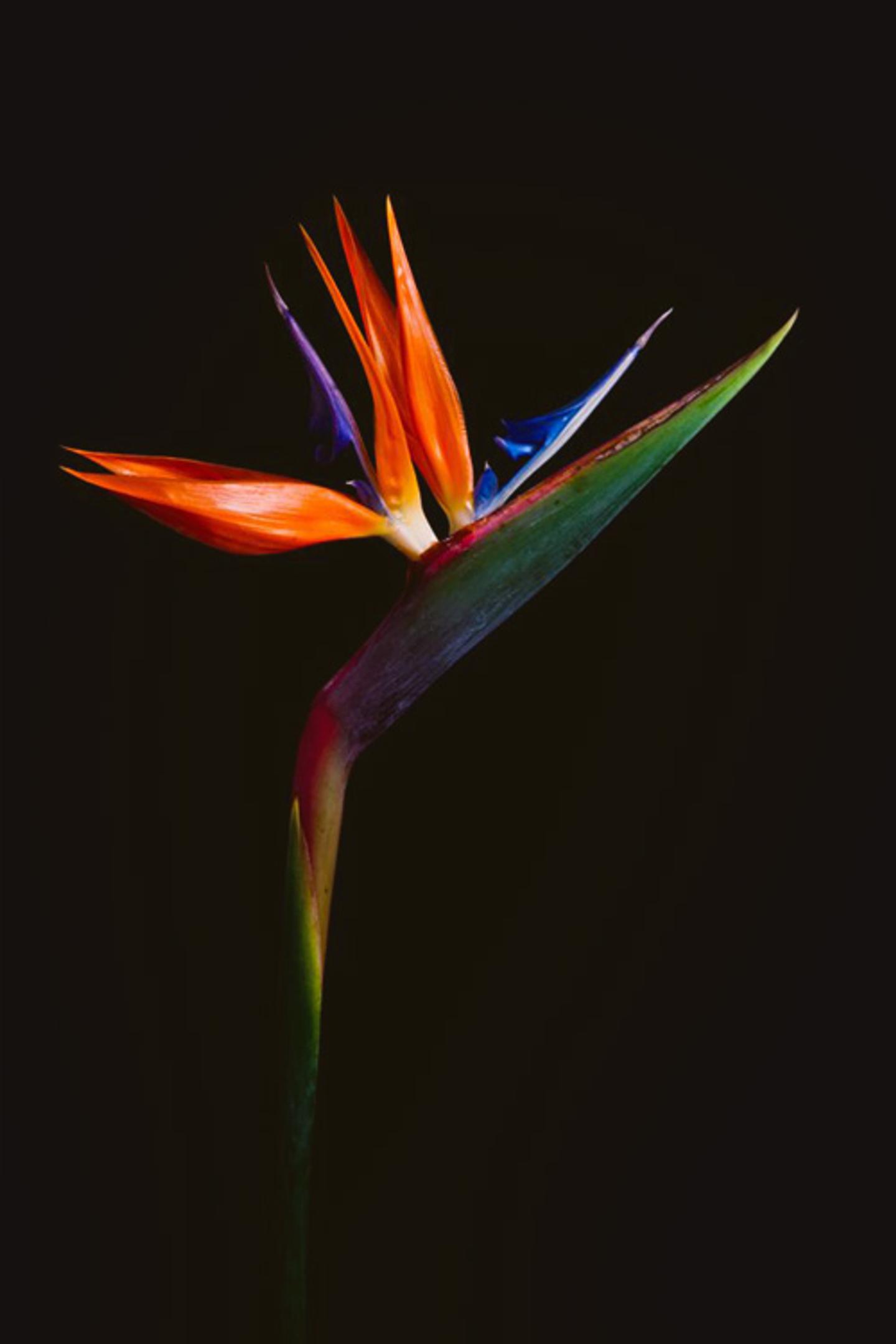
Bird of Paradise
Truly one of the most unique, exotic blooms out there! Bird of paradise hails from South Africa and belongs to the plant family Strelitziaceae.
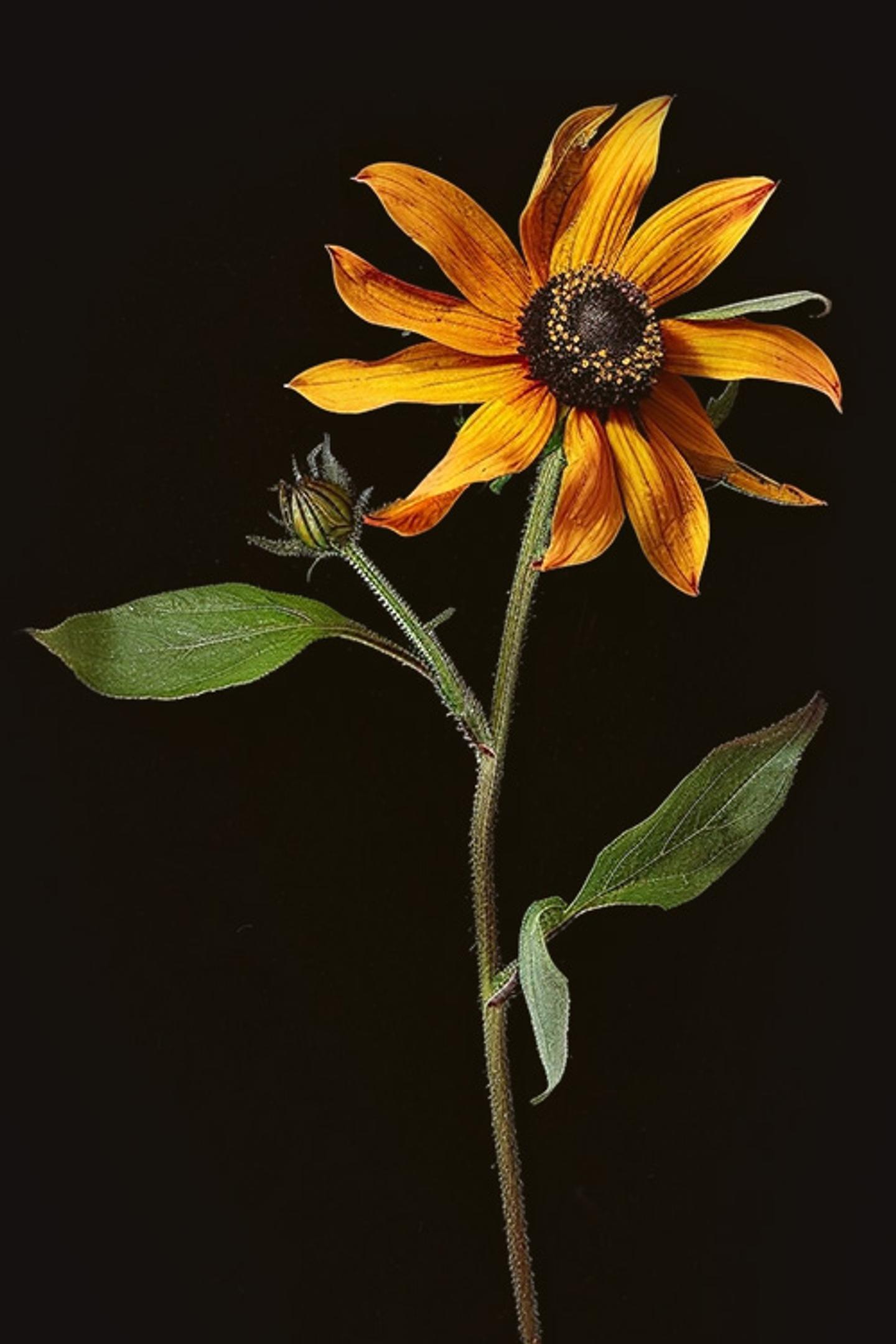
Black Eyed Susan
No, not the Black-Eyed Peas! We’re talking about the Black-Eyed Susan! North America’s favorite flower has entered the building! These charming blooms don’t only radiant sunshine; they’re carefree and easy to grow too!
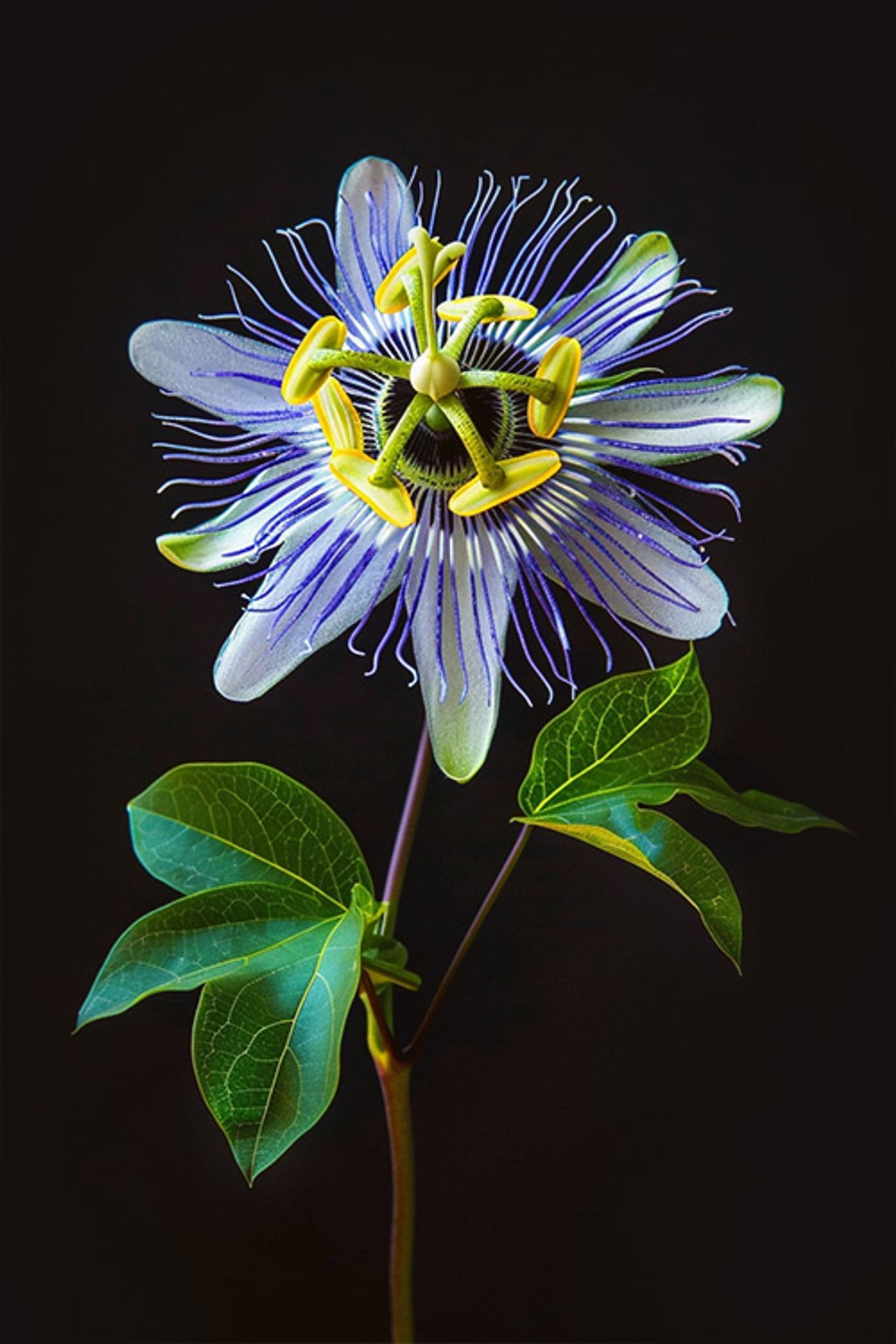
Blue Passion Flower
This popular, unique tropical bloom is a species of flowering plant native to South America and is known for its stunning, vibrant blue hue.

Bells of Ireland
Despite their namesake, these regal bell-shaped greens actually hail from Turkey. So why Bells of Ireland, you might ask? It’s all thanks to their bell-like shape and lively green color, giving them their famous Celtic signature.

Bird of Paradise
Truly one of the most unique, exotic blooms out there! Bird of paradise hails from South Africa and belongs to the plant family Strelitziaceae.

Black Eyed Susan
No, not the Black-Eyed Peas! We’re talking about the Black-Eyed Susan! North America’s favorite flower has entered the building! These charming blooms don’t only radiant sunshine; they’re carefree and easy to grow too!

Blue Passion Flower
This popular, unique tropical bloom is a species of flowering plant native to South America and is known for its stunning, vibrant blue hue.
Ready to send beautiful flowers?
Our guided experience helps you send a one-of-a-kind arrangement perfect for every occasion.
Send Flowers